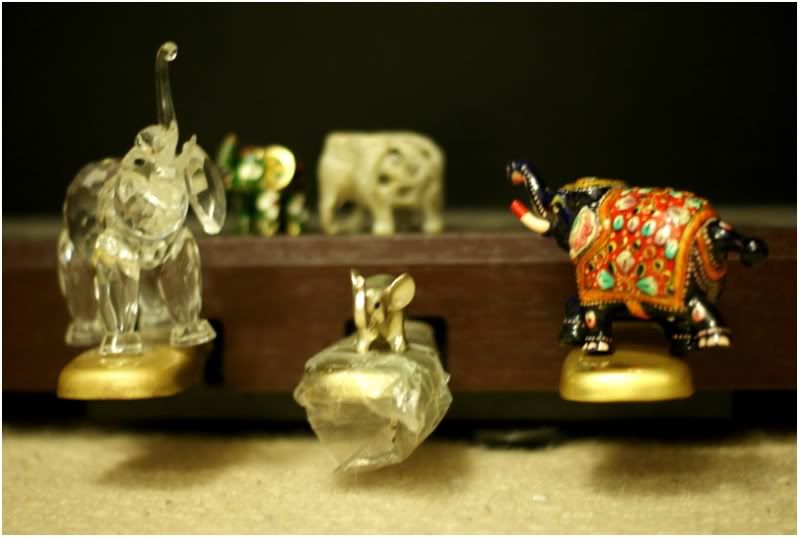 the Sostenuto pedal (the middle on a pianoforte)
the Sostenuto pedal (the middle on a pianoforte)
It is constantly in the shadow of its ever so popular older sibling, the sustain pedal, which we all know totally didn't shape the Romantic period at all. And let's face it, unless you have a concert grand, no one really knows what it does. But the Sostenuto pedal is sort of like the opacity button in photoshop - a little bubble of potential just eager to be burst.
The history of the pianoforte stems back to the late 17th Century in Padua, Italy, where expert harpsichord maker, Bartolomeo Cristofori, is credited to have invented it. The instrument can be seen as an offspring of the clavichord and the harpsichord - in 1725, an ad was placed in the Viennese press for a 'Cimbalen ohne Kiele' - that is, a 'harpsichord without quills'. From its mother/father, the piano took the Una Corda - today the left/soft pedal.
Over the next 300 years, the piano went through severall makeovers in relation to pedals, hand stops and levers. At one stage, an average piano might have had 4 pedals, a few stops and a bell which could be operated by the pianist whilst simultaneousy playing the keyboard.
However, none has remained so popular as the Sustain pedal - a good friend of Debussy, Brahms, Ravel, Chopin and Schubert, it works by suspending the hammers in the piano, allowing the strings to continuously vibrate - thus allowing the sounds to mix together. It was amazing. It was described by Jeremy Siepmann as "the soul of the piano." In other words, there were very high expectations for anyone else who wanted in on the pedal family.
In 1844, the Sostenuto pedal was exhibited for the first time in the Paris exhibition by a frenchman, Boisselot. What does it do? It enables selected dampers/hammers to remain off the strings and therefore free to vibrate, whilst other notes are played normally - this means that long sustained notes can be held whilst short, rapid notes remain clear, crisp and un-messy as would be the effect with the sustain pedal. If you're not aquainted with the piano, please sympathise that this is really, really, utterly awesome! However, the Sostenuto was too late. Composers had already managed to get similar sustaining effects by means of half-pedalling and although Liszt used it, it was invented too late in his career for it to take off.
Today, the standard piano has three pedals - the sustain still the most popular by far. However, composers such as Luciano Berrio use the Sostenuto pedal in their music and who knows - maybe one day, I might too.
The history of the pianoforte stems back to the late 17th Century in Padua, Italy, where expert harpsichord maker, Bartolomeo Cristofori, is credited to have invented it. The instrument can be seen as an offspring of the clavichord and the harpsichord - in 1725, an ad was placed in the Viennese press for a 'Cimbalen ohne Kiele' - that is, a 'harpsichord without quills'. From its mother/father, the piano took the Una Corda - today the left/soft pedal.
Over the next 300 years, the piano went through severall makeovers in relation to pedals, hand stops and levers. At one stage, an average piano might have had 4 pedals, a few stops and a bell which could be operated by the pianist whilst simultaneousy playing the keyboard.
However, none has remained so popular as the Sustain pedal - a good friend of Debussy, Brahms, Ravel, Chopin and Schubert, it works by suspending the hammers in the piano, allowing the strings to continuously vibrate - thus allowing the sounds to mix together. It was amazing. It was described by Jeremy Siepmann as "the soul of the piano." In other words, there were very high expectations for anyone else who wanted in on the pedal family.
In 1844, the Sostenuto pedal was exhibited for the first time in the Paris exhibition by a frenchman, Boisselot. What does it do? It enables selected dampers/hammers to remain off the strings and therefore free to vibrate, whilst other notes are played normally - this means that long sustained notes can be held whilst short, rapid notes remain clear, crisp and un-messy as would be the effect with the sustain pedal. If you're not aquainted with the piano, please sympathise that this is really, really, utterly awesome! However, the Sostenuto was too late. Composers had already managed to get similar sustaining effects by means of half-pedalling and although Liszt used it, it was invented too late in his career for it to take off.
Today, the standard piano has three pedals - the sustain still the most popular by far. However, composers such as Luciano Berrio use the Sostenuto pedal in their music and who knows - maybe one day, I might too.
Poor sostenuto pedal,
you really are something special,
if only someone would put
your pedal to the metal
you really are something special,
if only someone would put
your pedal to the metal
No comments:
Post a Comment